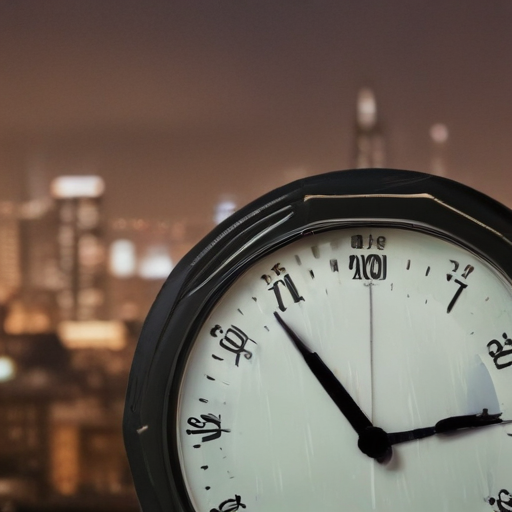The Bulletin of the Atomic Scientists (BAS) has adjusted the Doomsday Clock for the first time in three years, moving it forward by one second to 89 seconds before midnight. This change, announced during a livestream event, highlights a growing concern regarding existential risks that threaten humanity, according to BAS’s science and security board chair, Daniel Holz.
The decision reflects ongoing dangers posed by nuclear weapons, climate change, bioweapons, infectious diseases, and the rise of disruptive technologies, such as artificial intelligence (AI). The clock now stands at its closest position to midnight in 78 years, underscoring escalating global threats.
The Doomsday Clock serves as a metaphorical representation of how humanity is edging closer to potential catastrophic events caused by our own technologies. Created in 1947 by notable figures, including Albert Einstein and J. Robert Oppenheimer, the clock’s time is adjusted annually based on a thorough evaluation of current existential threats by a team of scientists and experts in relevant fields.
Historically, the clock has been reset several times in response to international events. Notably, it moved further from midnight in 1991 when the U.S. and the Soviet Union signed the Strategic Arms Reduction Treaty, which successfully reduced nuclear arsenals. The clock’s furthest point from midnight was 17 minutes, a position reflecting periods of relative global stability.
The BAS emphasizes the importance of taking urgent action to address these perilous threats. It compares its role to that of a doctor diagnosing potential health risks, evaluating a multitude of factors to reach a conclusion on global security.
In light of these developments, it is essential for global leaders to collaborate and prioritize issues that pose a threat to humanity, ideally steering the clock back to a safer time. Continued dialogue and effective measures in nuclear disarmament, climate action, and responsible technology governance are critical to creating a more secure future.
In summary, while the adjustment of the Doomsday Clock to 89 seconds before midnight is a sobering reminder of the challenges we face, it also serves as a call to action for individuals and nations to work together towards a safer world.
